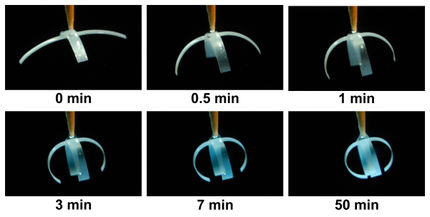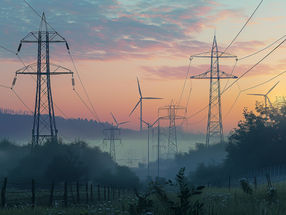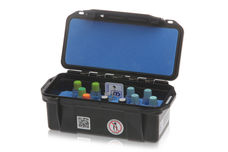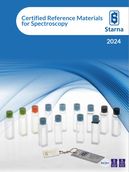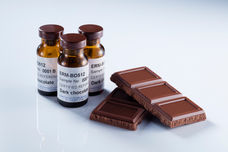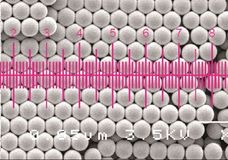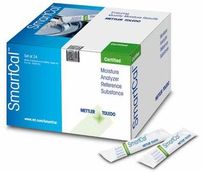NIST gets the dirt on soil with 3 new reference materials
Advertisement
The National Institute of Standards and Technology (NIST) has issued three new certified reference materials for soil. Intended for use as controls in testing laboratories, the new Standard Reference Materials (SRMs)— gathered from the San Joaquin Valley in California and from sites near Butte and Helena in Montana — will aid in determining soil quality, detecting soil contamination, and monitoring cleanup efforts from accidental spills or atmospheric deposition.
Whether for evaluating soil quality and health, suitability for crop use, assessment of contamination, or for environmental monitoring, analyses of soils are performed routinely by a variety of commercial, government, and university laboratories around the United States and the world. The three new soil SRMs are 2709a, San Joaquin Soil, 2710a, Montana Soil I, and 2711a, Montana Soil II. They come with NIST-certified values for most elements regulated by the Environmental Protection Agency, including those identified as priority pollutants in the Clean Water Act and those specified as hazardous air pollutant elements in the Clean Air Act. NIST created its first batch of sample soils, which the new SRMs replace, about 20 years ago. Efforts to restock the supply with an updated SRM began in 2006.
Scientists at the United States Geological Survey’s (USGS) Denver, Colo., laboratory collected the soil for the new SRMs from either the same or near the same locations as they had collected the original soils. The USGS team then prepared the soil samples by individually drying them, sifting them, and blending them before they were packaged and sent to NIST for further processing.
Most read news
Organizations
Other news from the department politics & laws
These products might interest you

Get the chemical industry in your inbox
By submitting this form you agree that LUMITOS AG will send you the newsletter(s) selected above by email. Your data will not be passed on to third parties. Your data will be stored and processed in accordance with our data protection regulations. LUMITOS may contact you by email for the purpose of advertising or market and opinion surveys. You can revoke your consent at any time without giving reasons to LUMITOS AG, Ernst-Augustin-Str. 2, 12489 Berlin, Germany or by e-mail at revoke@lumitos.com with effect for the future. In addition, each email contains a link to unsubscribe from the corresponding newsletter.



